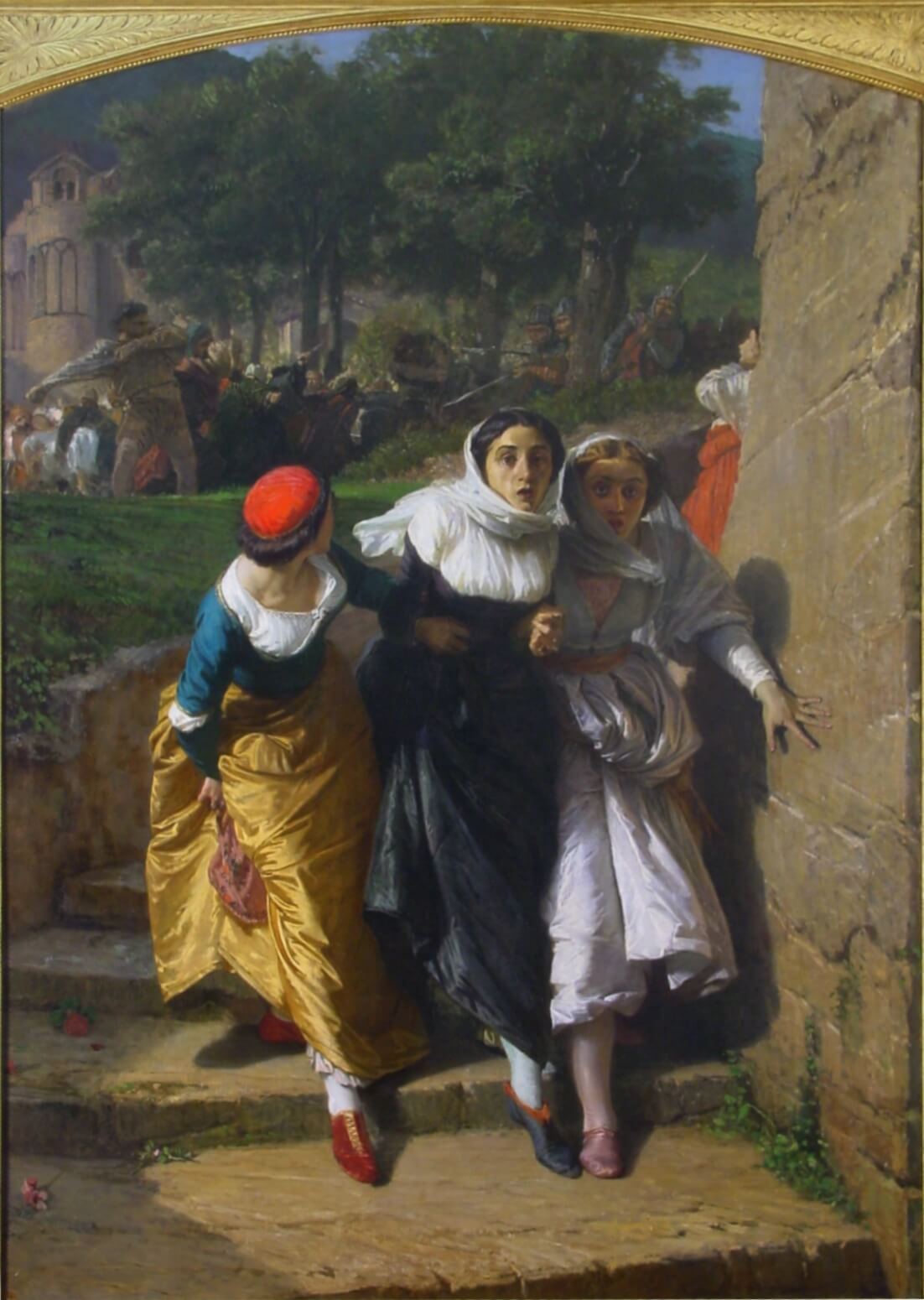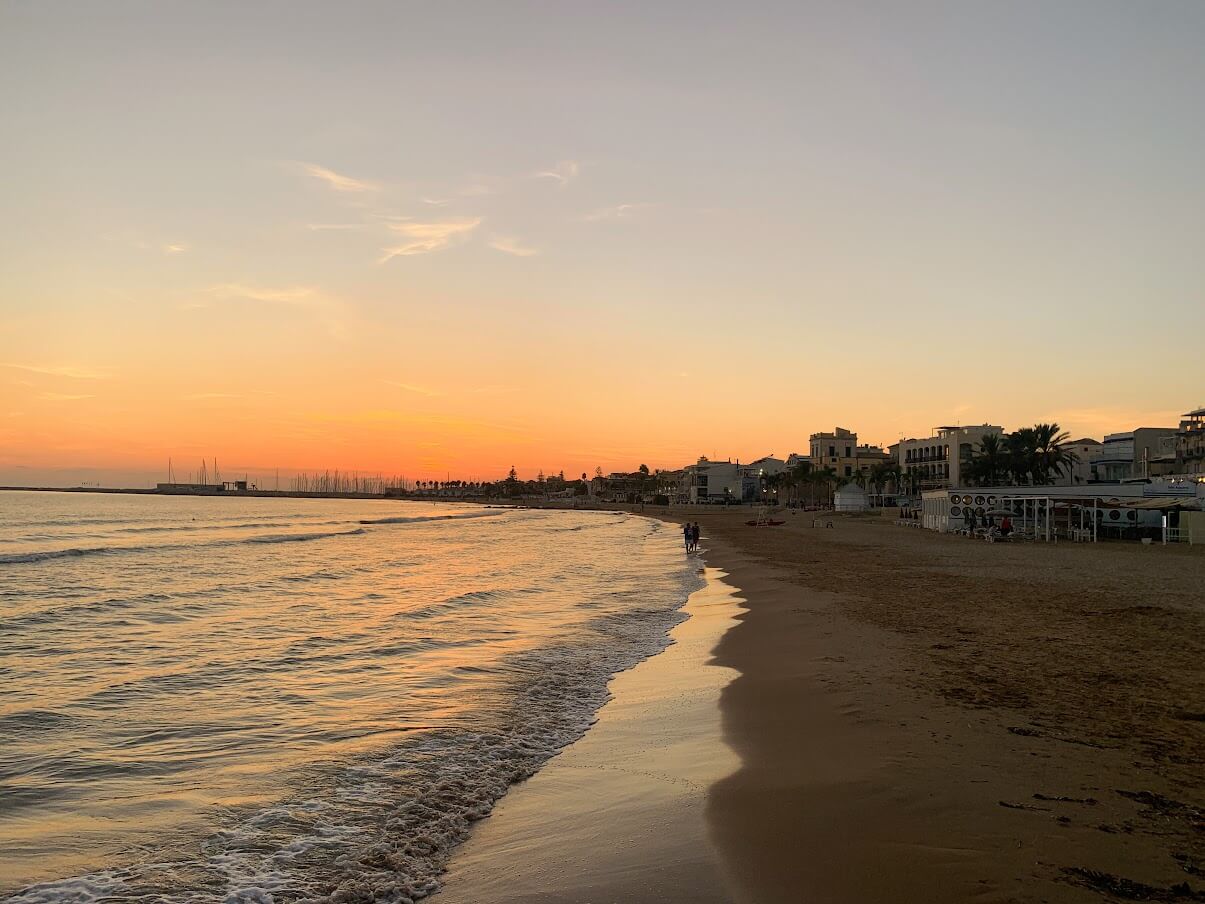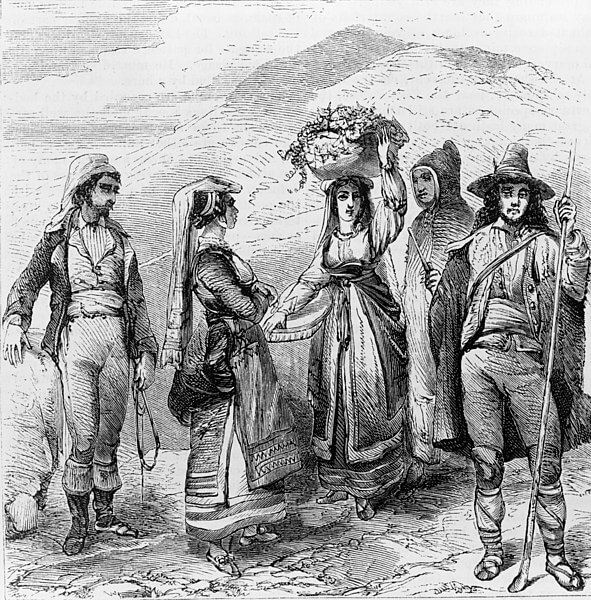Sicily - an island at the crossroads of history
From Beaches to the Mountain Tops - And Everything In Between
Sicily has thousands of years of history at the crossroads of different cultures. Phoenicians, Greeks, Romans, Arabs, Normans, Spanish... All have ruled there in their time - amongst some others.
Sicily also has hundreds of years of history as a tourist destination. Goethe went there, and Oscar Wilde wrote about Palermo saying it is "the most beautifully situated town in the world."
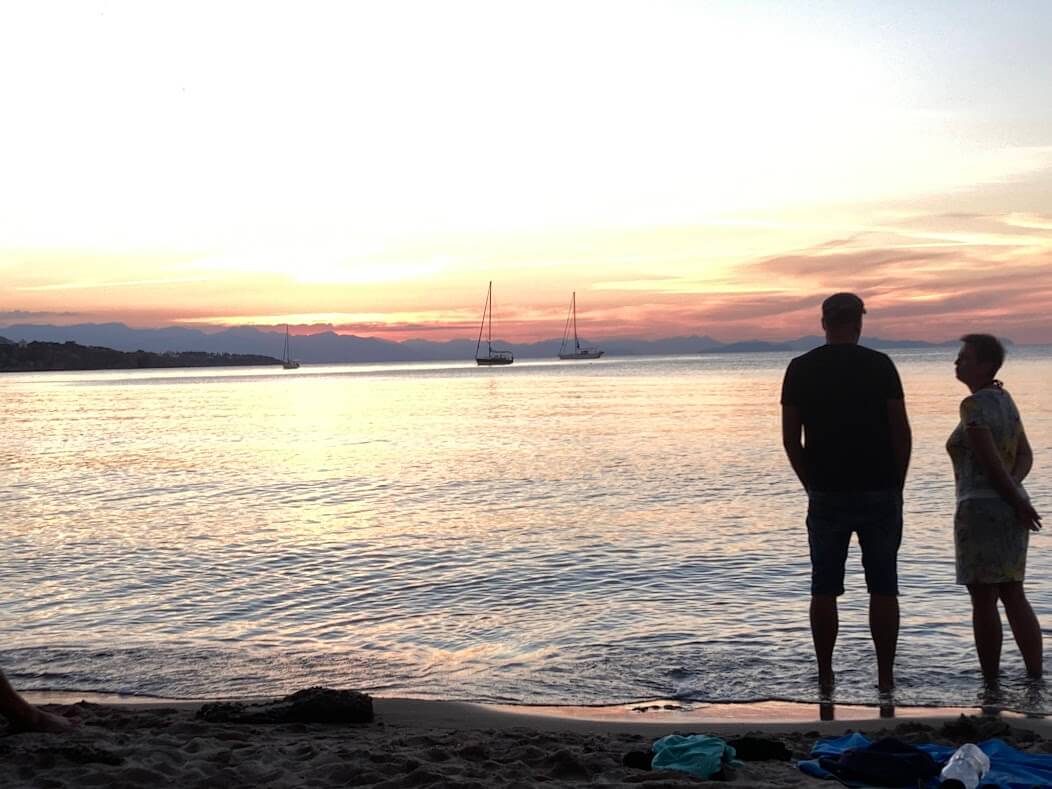 A couple is watching a sunset in Cefalu, one of the more popular destinations in Sicily.
A couple is watching a sunset in Cefalu, one of the more popular destinations in Sicily.Sicily's distinctiveness from the rest of Italy is a result of its rich cultural and landscape diversity. The island's unique topography offers a variety of experiences, from stunning beaches to volcanic terrain, mountains, and forests, each with its own charm and allure.
Old traditions and customs of the market culture date back to Arab times. The food is delicious and unique, mixing Italian, Greek, and Arab influences.
The cities' heartbeat charms with its robustness. Memories of ancient times live in the middle of everyday life. Wineries offer a diverse selection of quality local wines.
History is not just a subject in Sicily, it's a living, breathing entity that permeates every aspect of the island. From the songs of street vendors to centuries-old delicacies and architectural masterpieces, the rich historical tapestry of Sicily is a constant source of fascination and appreciation.
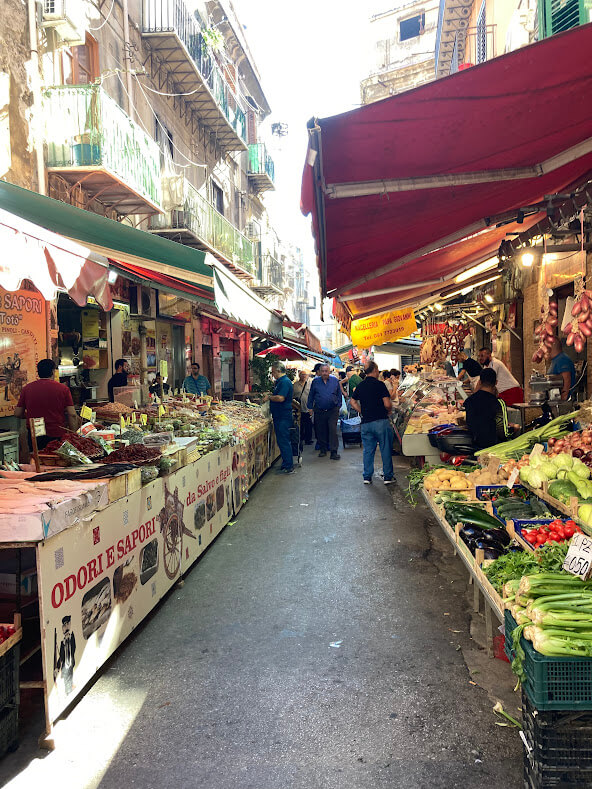 Ballaro Market in Palermo has been active for over a thousand years.
Ballaro Market in Palermo has been active for over a thousand years.Some Facts About Sicily
Sicily is an island in the southern part of Italy. It has about 5 million inhabitants.
The weather in Sicily is mostly sunny. The best time to visit Sicily depends on what you want.
In winter, it is cloudier and cool. It might be a good time if you are not a big fan of crowds.
Springtime sees many traditional festivals around the island.
In the summer the place is crowded. And hot. Very hot.
Early autumn is still a good time to swim and sunbathe.
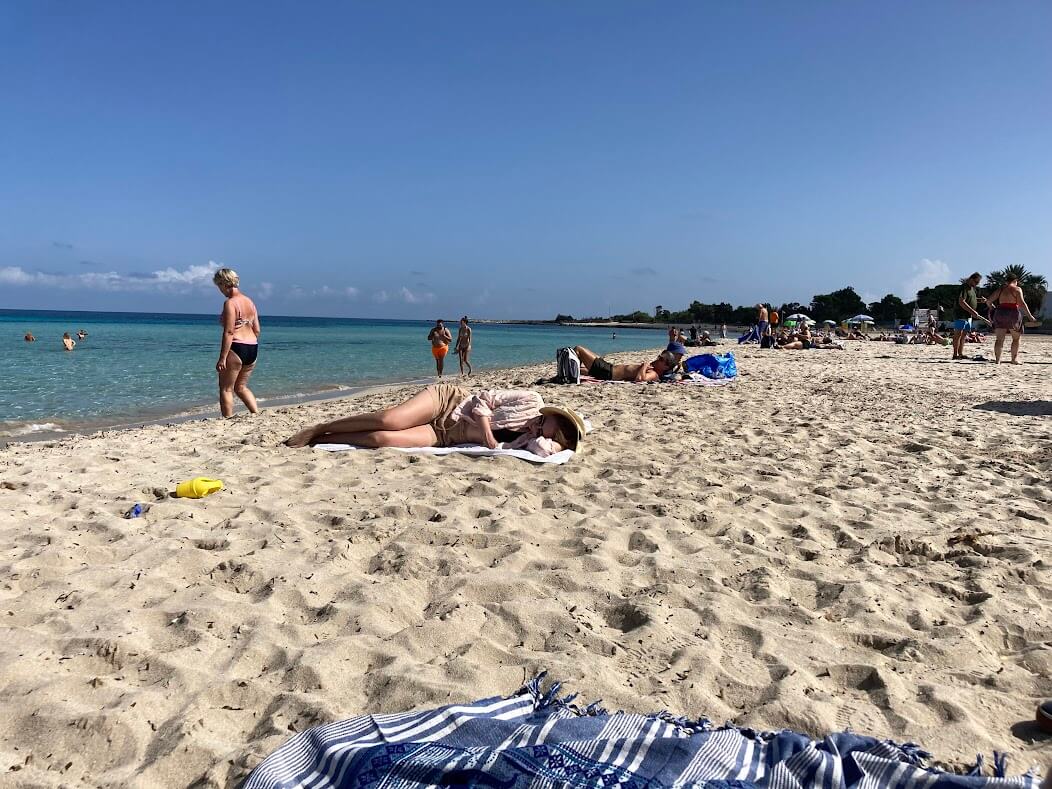 Beach Resort of San Vito lo Capo in early October. Not crowded, but warm.
Beach Resort of San Vito lo Capo in early October. Not crowded, but warm.There are two international airports in Sicily: in Palermo and Catania. You can also reach Sicily by land and sea.
Arriving by train or car requires crossing the Strait of Messina. This crossing, a few kilometers long, is made by ferry.
Within Sicily, you can travel by car, bus, or train.
See also:
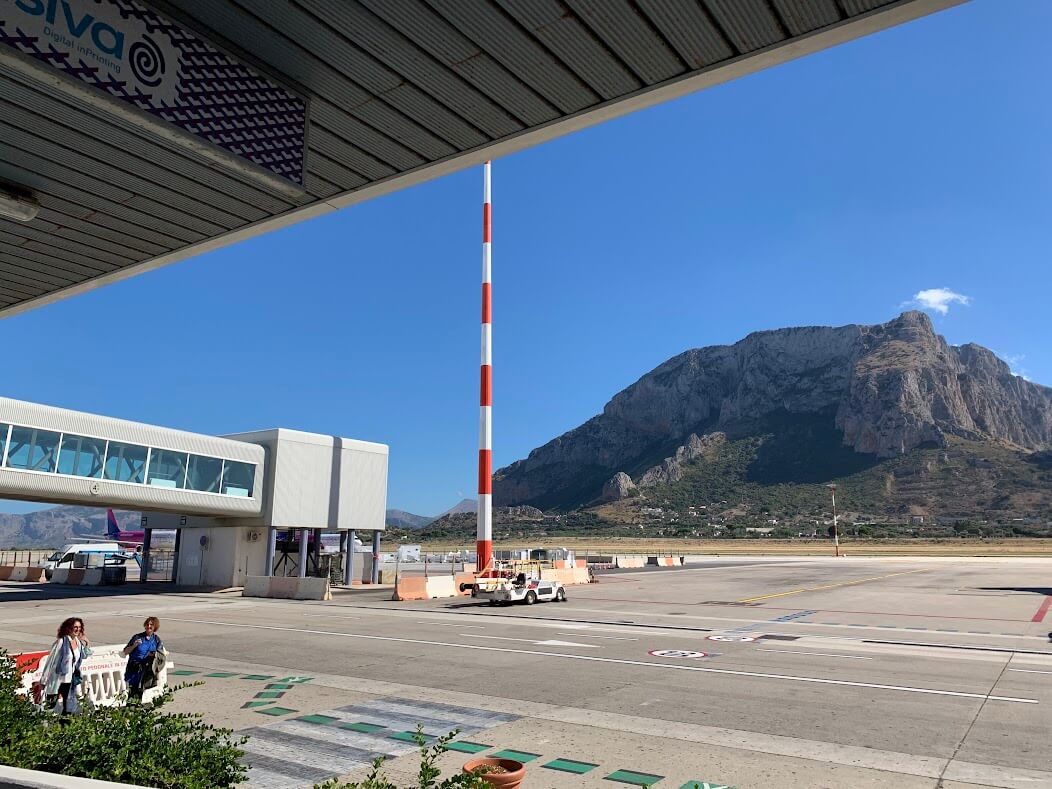 Arriving at Palermo Airport.
Arriving at Palermo Airport.History of Sicily - Through the Hard Times and the Good
Sicily's better-known history begins with the arrival of the Greeks around 700 BC.
After them came the Romans, the Arabs, the Normans, and the kings of France and Spain.
Sicily also had one of the first Jewish communities in Europe. Jews formed about 10% of the population - until the Spanish Inquisition expelled them from the island.
When Italy was unified in 1860, the Sicilians saw the new state as another oppressor - and with good reason. The government in the North saw the fertile South mainly as a mere land to be exploited.
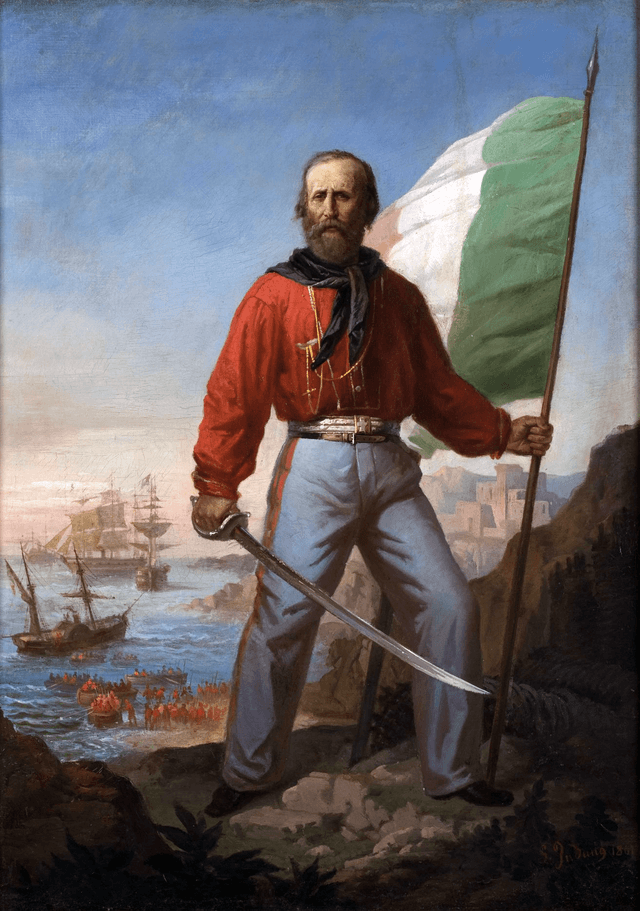 The unification of Italy started with Giuseppe Garibaldi's arrival at Marsala. He and his thousand soldiers.
The unification of Italy started with Giuseppe Garibaldi's arrival at Marsala. He and his thousand soldiers.One consequence of the unification of Italy was the birth of the Mafia. It is a criminal organization inspired by Masonic rituals. For a long time, people considered it to be only a myth.
Mussolini was the first to seriously attempt to destroy it. This effort ended when the Allied forces invaded Sicily in the latter stages of the Second World War.
After the war ended, the Mafia gathered strength. This fast growth - and the greed that accompanied it - led to an era of Mafia wars in the 1970s and 1980s.
The organization's most significant power era ended with large-scale trials in the 1980s and 1990s.
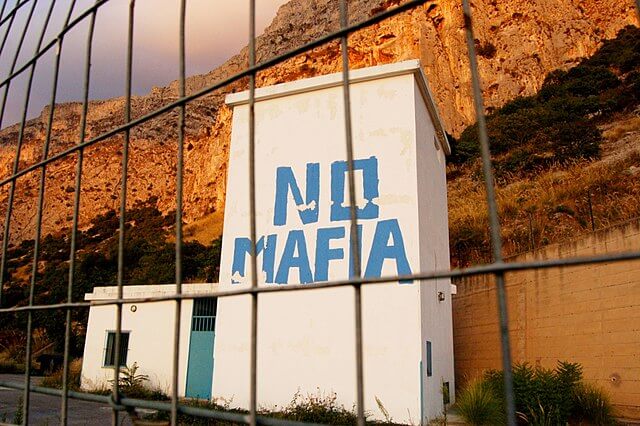
See also:
Main Cities and Areas of Sicily
Palermo, Catania, and Syracuse are among the most popular cities for visitors. Other popular destinations include Cefalu, Taormina, Agrigento, and Ragusa.
Palermo has an urban heartbeat, nightlife, and a great street food scene. It is also home to many of Sicily's main attractions.
The Palatine Chapel and the Monreale Cathedral date back to Norman times. Few places in the world can match their splendor.
For a bit more gritty urban experience, head to Catania on the other side of the island. From there, it is easy to make trips to Mount Etna. You can also settle in nearby Taormina, which has a beautiful scenery and a cocktail party atmosphere.
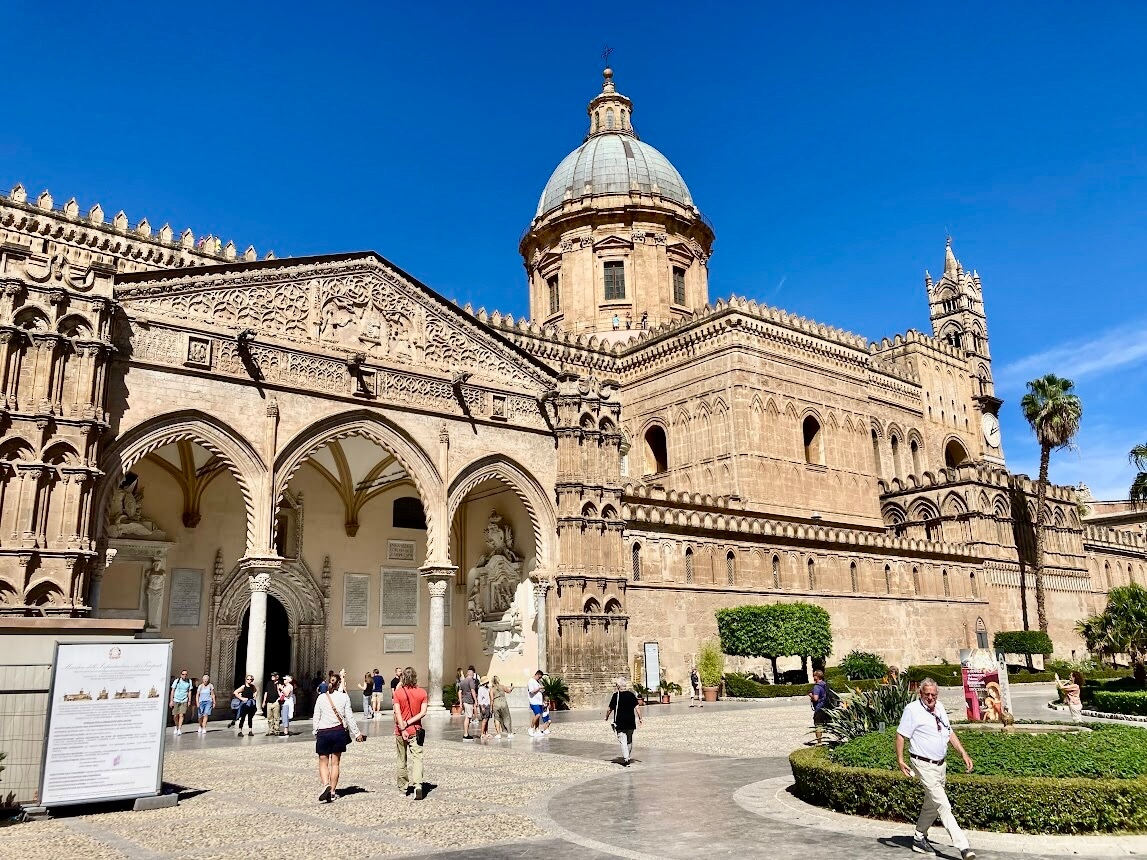 Palermo Cathedral.
Palermo Cathedral.In the southeast is Syracuse, with its picturesque old town and archaeological treasures. A little trip from there inland takes you to Sicily's Baroque treasures. John Norwich calls these "the sculptures in the shape of towns" - Noto, Modica, and Ragusa.
In western Sicily, you find peace, quiet, and beautiful landscapes. Arabs ruled this area over a thousand years ago, and this is still reflected in its traditions, such as food.
Trapani is the main town in this region. From there, you can travel to Marsala, Segesta, Erice, and the Egadi Islands - all nearby.
There are also many famous beaches between Palermo and Trapani. Places like Castellammare del Golfo, Scopello and San Vito lo Capo.
The Valley of the Temples is a particular draw for tourists to Agrigento. To the city's west are many beautiful beaches and the Scala Dei Turchi limestone cliffs.
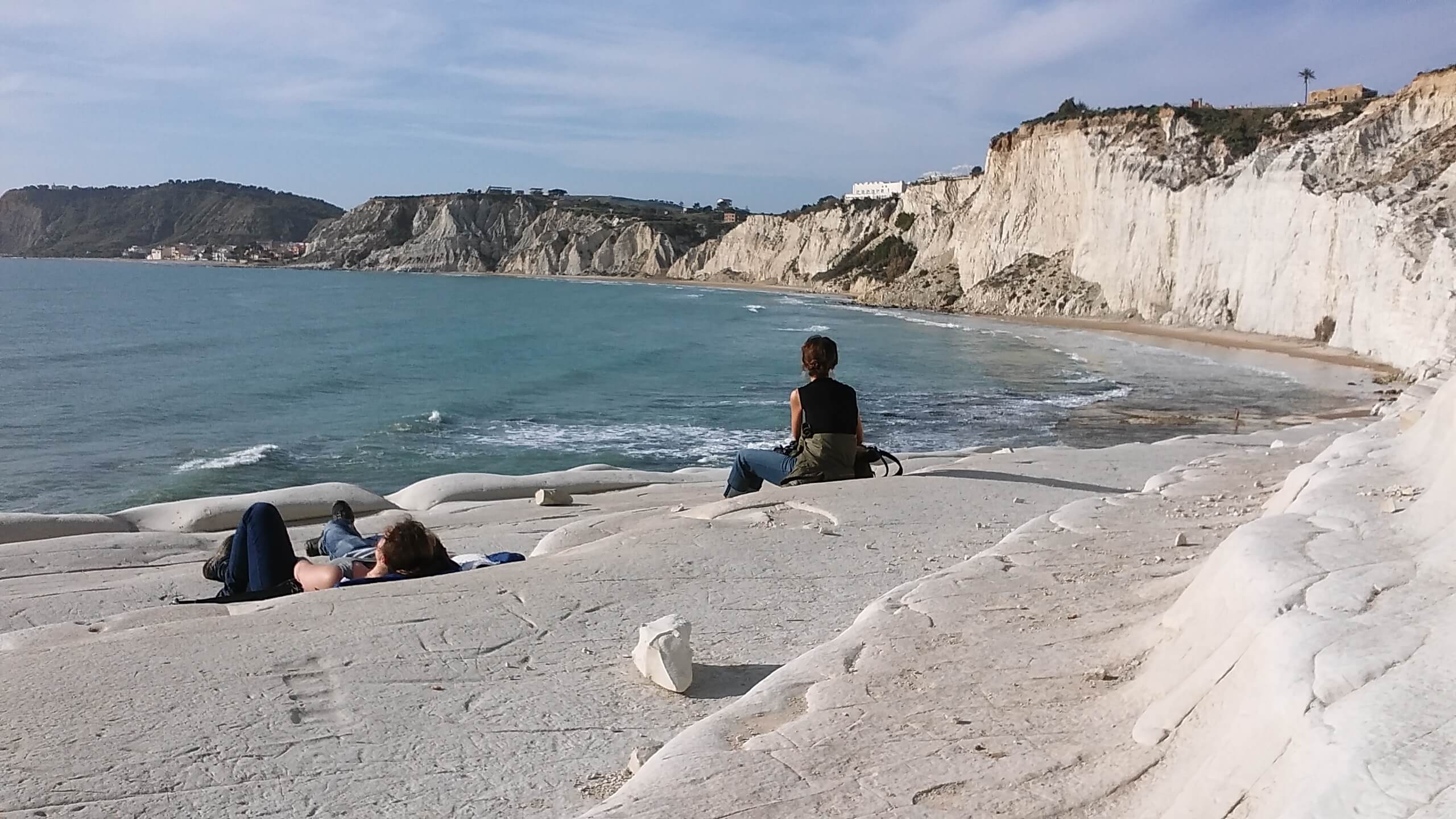 Scala Dei Turchi, near Agrigento.
Scala Dei Turchi, near Agrigento.Food in Sicily
Food plays a vital role in Sicilian life. Fresh vegetables and seafood are the main ingredients.
Arabic and African influences have left their mark on traditional dishes, particularly in the western part of the island.
Fish is prevalent, as is everything else found in the sea, from clams to sea urchins.
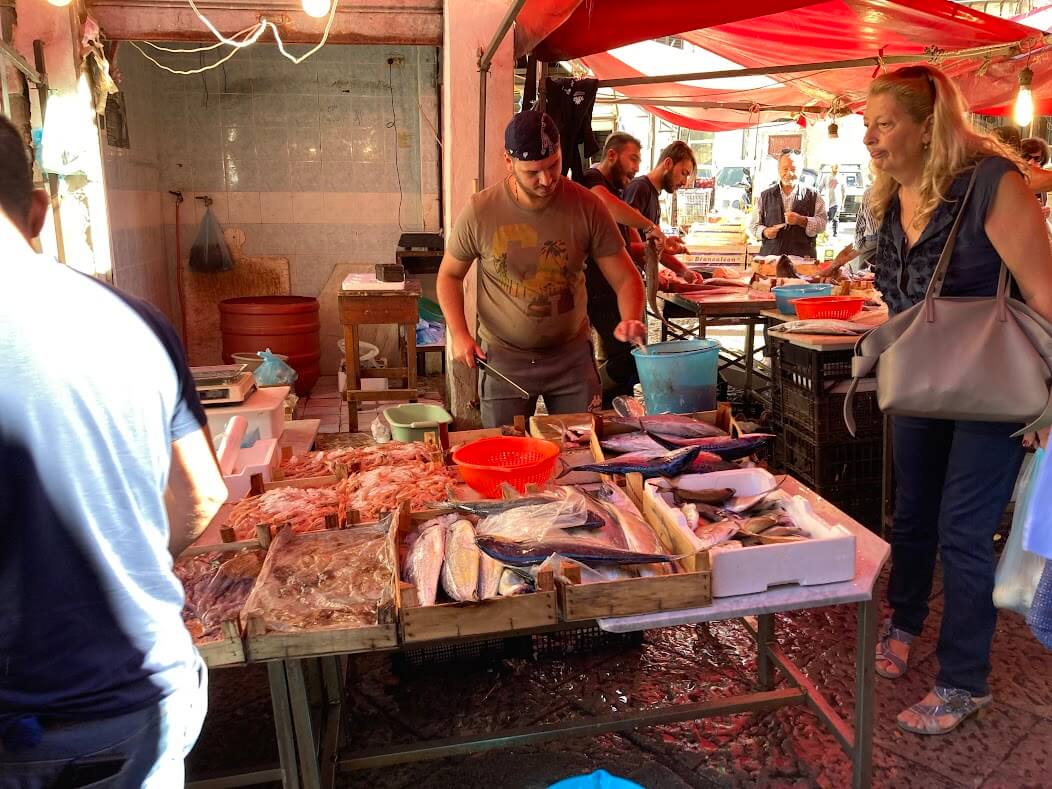 Fish seller at Ballaro Market in Palermo.
Fish seller at Ballaro Market in Palermo.There are also many local specialties around Sicily. Like pecorino siciliano, a cheese made on the slopes of Etna.
Some traditional treats, then again, are found everywhere. Such as arancini and cannoli.
Today, Sicily is also a renowned wine producer. The range of grape species grown on the island is more diverse than anywhere else in Italy.
The best known is Marsala wine. It comes from the city of Marsala in western Sicily.
See also:
Sicily in Popular Culture
Many people are familiar with Sicily through popular culture. The Godfather is the most famous depiction of Sicilian culture.
Of course, you shouldn't consider it - or other mafia movies - a veritable document on Sicilian life. When it comes to Mafia, the reality is much grimmer and banal.
Cosa Nostra can be seen as an expression of Sicilian culture as much as anything else. However, as Giovanni Falcone has pointed out, it exploits cultural traits rather than genuinely representing them.
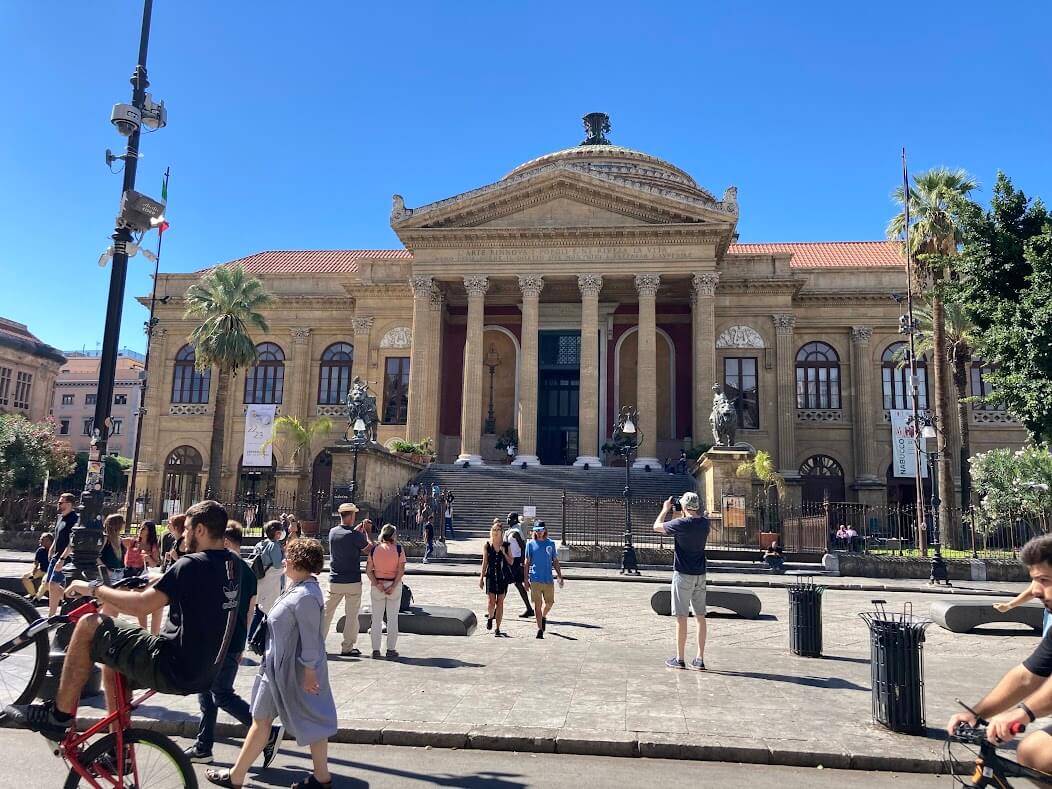 Teatro Massimo in Palermo, where the famous end scene of Godfather III was filmed.
Teatro Massimo in Palermo, where the famous end scene of Godfather III was filmed.For a more modern glimpse into the Sicilian way of life, you can read Andrea Camilleri. His most famous character is Inspector Montalbano, who lives in the fictional town of Vigata.
Camilleri was from near the town of Agrigento in southern Sicily. There, you can experience the atmosphere that his books were made of.
Montalbano has also been the subject of a popular TV series filmed in Sicily. Watching it offers a great way to admire the Sicilian towns and landscapes while trying to guess who the murderer was.
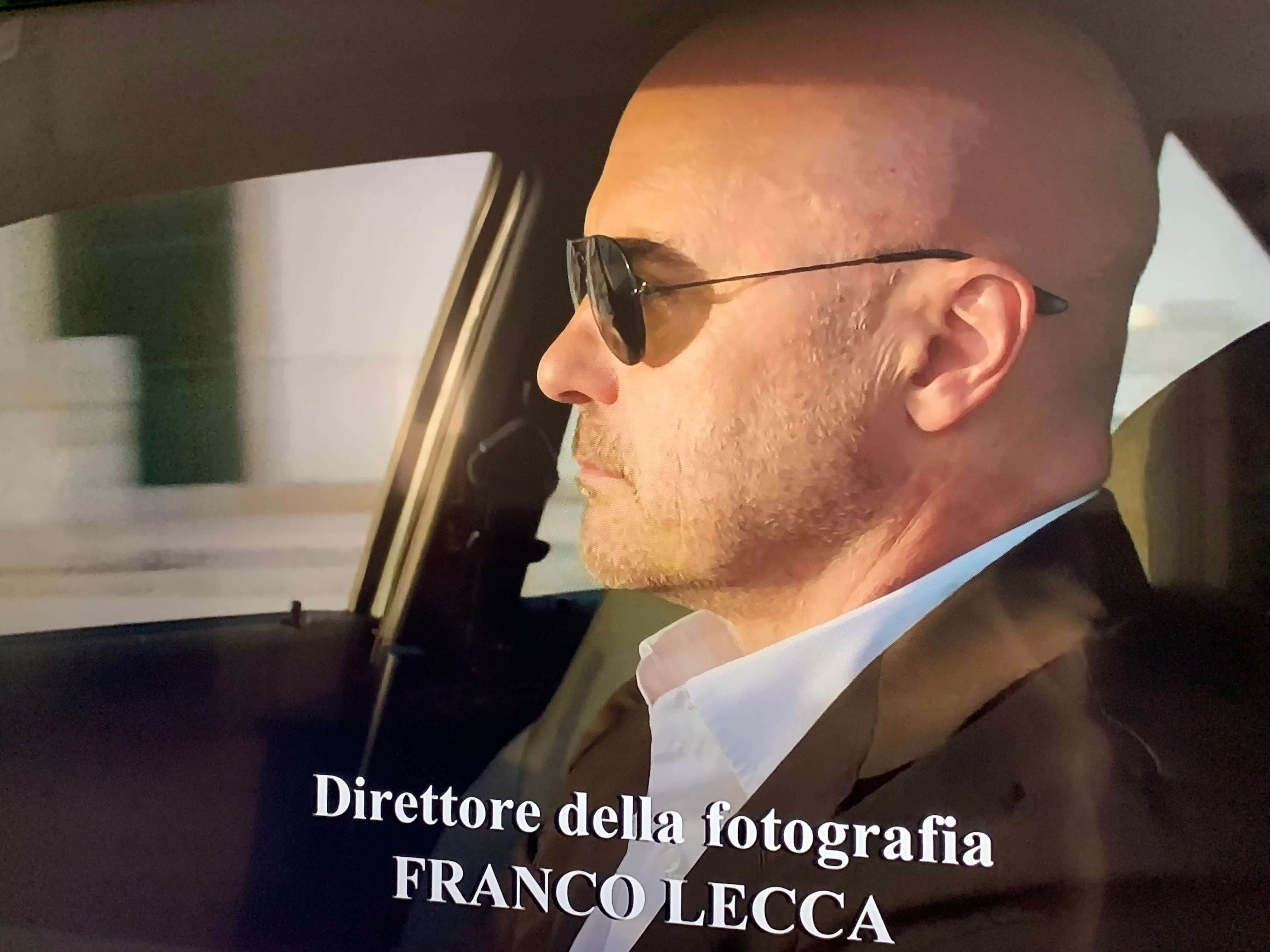 Inspector Montalbano.
Inspector Montalbano.Other Sicilian writers include Giuseppe Tomasi di Lampedusa and Luigi Pirandello. Pirandello was also from near Agrigento.
Tomasi was a Sicilian aristocrat. He wrote only one book, The Leopard (Il Gattopardo, 1958). It describes the changes that took place during Italy's unification in 1860.
The book was also made into a 1963 film starring Burt Lancaster.
Pirandello, in his part, is famous for his psychologically insightful short stories and plays. He got the Nobel Prize for Literature in 1934.
See also:
Or take a trip to Godfather Locations
Conclusion
Many people's image of Sicily and Sicilian culture is rather one-sided. Usually, this means knowledge of the Mafia through popular culture. The Mafia is part of Sicilian history, but is only one of many sides of this colorful island's past.
For its size, Sicily offers a variety of attractions.
You can spend your time lounging on the beach or having a more active holiday. Adventure tours, wineries, catacombs, festivals, agritourism, and urban life are all within easy reach.
Sicily is a real treasure trove for the history buff. Every place has its history, often dating back thousands of years.
Still, the greatest attraction of all is the island itself—its diverse landscapes, people, and unique culture.
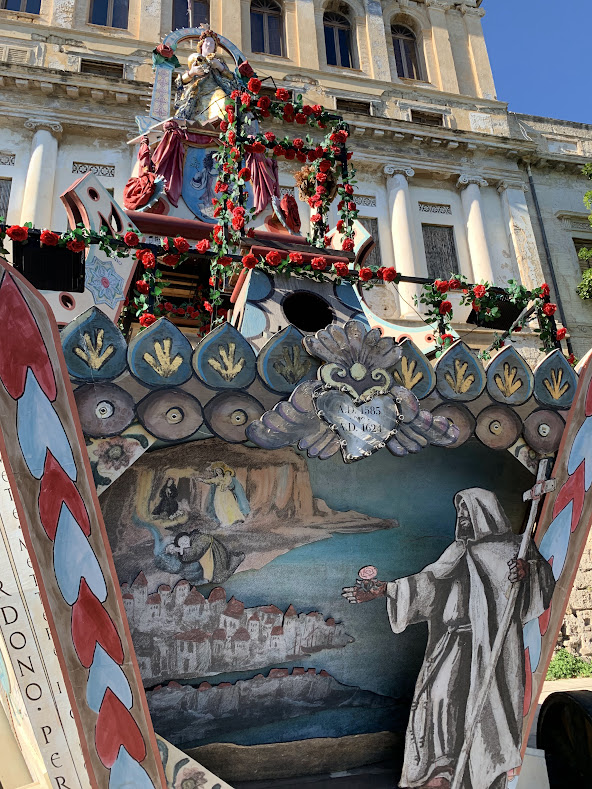
(Last edited: October 28, 2024)
Recent Articles
-
Sicilian Vespers: The Uprising That Shook the Empire
Jul 10, 25 01:17 PM
Sicilian Vespers: The dramatic uprising that forever altered the course of history -
Cost of Living in Sicily: Living La Dolce Vita on a Budget
Jun 25, 25 09:18 AM
Cost of living in Sicily is exceptionally low and the standard of living high. -
Sicilian Culture: A Journey through History, Art, and Cuisine
Jun 11, 25 01:34 PM
Sicilian Culture: Discover the art, architecture, and cuisine that makes Sicily.
Follow MANY FACES OF SICILY on Facebook, Instagram, Bluesky & Tumblr
Contact: vesa@manyfacesofsicily.com
